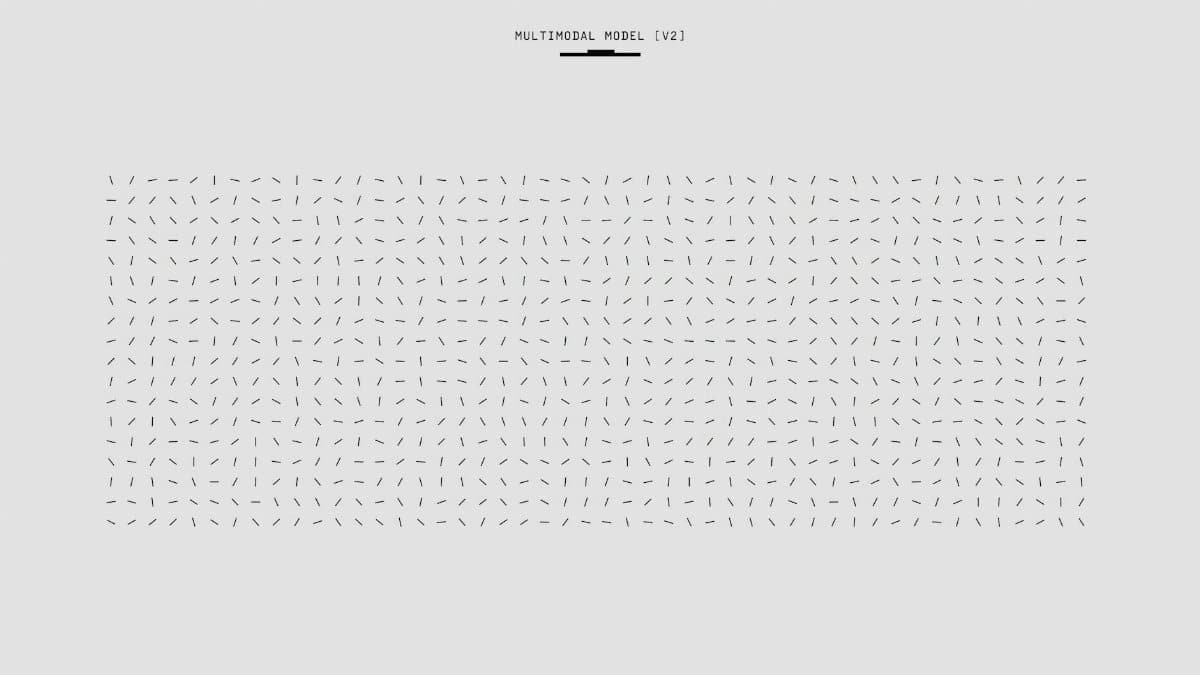In a world where exhaustion seems baked into daily life, a surprising statistic stands out: According to a 2023 survey by the American Psychological Association, nearly 60% of adults report feeling overwhelmed by stress, yet only a fraction actively seek mental strategies to recharge. This gap highlights the growing interest in mind hacks—simple, science-backed techniques that can restore energy without overhauling one’s routine. As we navigate 2025’s relentless pace, from hybrid work demands to digital overload, these hacks offer a lifeline. They’re not about quick fixes but sustainable shifts that heal the mind and boost vitality. Drawing from psychology and wellness research, they promise to transform fatigue into focus. What follows are six practical mind hacks, each designed to heal mental fatigue and invigorate your energy reserves.
1. Breathwork for Instant Calm

Start with something as fundamental as breathing, yet often overlooked in its power to heal. Deep, intentional breathwork isn’t just a yoga class staple; it’s a mind hack grounded in physiology. When stress spikes, the body’s fight-or-flight response kicks in, draining energy reserves. But slowing your breath activates the parasympathetic nervous system, signaling safety and restoration.
Consider a busy parent in Chicago, juggling remote meetings and school pickups. She pauses mid-afternoon, inhales for four counts, holds for four, exhales for four—a technique known as box breathing. Within minutes, her racing thoughts settle, and a subtle surge of clarity emerges. This isn’t anecdotal fluff; research from the National Institutes of Health shows such practices reduce cortisol levels, the hormone tied to chronic fatigue.
Integrating this hack means setting micro-reminders on your phone. Over time, it builds resilience, turning fleeting calm into a steady energy source. But it’s not without its nuances—what works for one might feel forced for another, requiring experimentation to find your rhythm.
2. Visualization to Boost Vitality

Imagine closing your eyes and picturing a vibrant light infusing your body with strength. This visualization technique, hack number two, directly boosts vitality by rewiring neural pathways for positivity. It’s more than wishful thinking; it’s a mind hack supported by cognitive behavioral principles, where mental imagery influences physical states.
Take the story of a middle-aged accountant from Seattle, who, after a draining divorce, felt perpetually sapped. He began daily sessions envisioning himself hiking energetically through the Cascades, feeling the sun’s warmth recharge him. Gradually, his actual energy levels rose, aligning with findings from a study in the Journal of Experimental Psychology, which links positive visualization to improved mood and stamina.
Why does this hack stand out for vitality? It counters the mental drain of negative self-talk, replacing it with empowering narratives. In 2025, with mental health apps proliferating, tools like guided imagery sessions make it accessible. Yet, the real magic lies in consistency; sporadic attempts yield little, while habitual practice can transform lethargy into lively momentum. One anonymous account shared publicly online described it as “flipping a switch from drained to dynamic,” capturing a sentiment echoed in many quiet struggles.
3. Gratitude Journaling for Emotional Recharge

What if jotting down three things you’re thankful for could replenish your inner battery? Gratitude journaling emerges as a potent mind hack, shifting focus from deficits to abundance. This practice doesn’t erase problems but reframes them, fostering emotional resilience that sustains energy.
Picture a teacher in Atlanta, overwhelmed by classroom chaos and administrative burdens. Each evening, she lists small wins—a student’s breakthrough, a colleague’s kindness. This ritual, drawn from positive psychology, echoes research by the Greater Good Science Center at UC Berkeley, which found that regular gratitude boosts well-being and reduces burnout.
The process invites reflection, sometimes uncovering hidden tensions. For instance, initial entries might feel forced, revealing deeper unrest. But persistence pays off, creating a feedback loop where heightened appreciation fuels motivation. In a culture fixated on productivity, this hack reminds us that energy healing starts with mindset, not more doing.
Variety keeps it fresh: some days, focus on sensory details; others, on relationships. It’s a subtle art, blending introspection with action.
4. Nature Immersion to Reset Mental Fatigue

Stepping outside might seem basic, but nature immersion is a sophisticated mind hack for energy healing. Forests, parks, even urban green spaces trigger a restorative response, countering the mental haze of screen time.
Envision a software engineer in Boston, his days blurred by code and calls. A weekly walk in the Arboretum becomes his ritual, where birdsong and rustling leaves dissolve accumulated stress. This aligns with “attention restoration theory,” validated by studies from the U.S. Forest Service, showing nature exposure enhances cognitive function and vitality.
Yet, accessibility varies—city dwellers might adapt with balcony plants or virtual nature sounds. The key is immersion, not duration; even 10 minutes can shift energy dynamics. This hack explores the tension between modern isolation and our innate biophilia, urging a return to natural rhythms for profound healing.
5. Mindful Movement for Sustained Energy

Beyond gym routines, mindful movement—like tai chi or gentle yoga—serves as a mind hack that marries physical action with mental presence. It channels energy flow, preventing stagnation that leads to fatigue.
A retiree in Florida, battling post-career lethargy, discovers this through slow, deliberate stretches. Each pose demands focus, quieting mental chatter and invigorating her core. Evidence from Harvard Medical School’s health publications supports how such practices improve circulation and reduce anxiety, key to vitality.
Questions arise: Is it the movement or the mindfulness that heals? Likely both, creating synergy. For middle-aged readers facing joint concerns, adaptations ensure inclusivity. This hack flows into daily life, turning mundane walks into meditative journeys, building energy reserves brick by brick.
Occasionally, it uncovers emotional layers— a stiff hip might symbolize held tension, inviting deeper self-care.
6. Digital Detox Boundaries for Long-Term Vitality

Finally, setting digital detox boundaries acts as a crucial mind hack in our connected era. Limiting screen time isn’t about rejection but reclamation, freeing mental space for genuine recharge.
Think of a marketing executive in New York, her evenings hijacked by endless notifications. Implementing “no-device” hours, she rediscovers reading and reflection, her energy rebounding. This mirrors findings from a Pew Research Center report on digital habits and well-being, noting how boundaries mitigate overload.
The challenge? Withdrawal can feel jarring, exposing dependencies. Start small, perhaps with app limits, and observe the shift. In 2025, as AI integrations deepen, this hack gains urgency, preserving human vitality amid technological tide. It weaves together all prior hacks, emphasizing that true energy healing demands intentional disconnection to reconnect with oneself.
Ultimately, these mind hacks invite a holistic approach, where small, consistent efforts yield compounding vitality.
